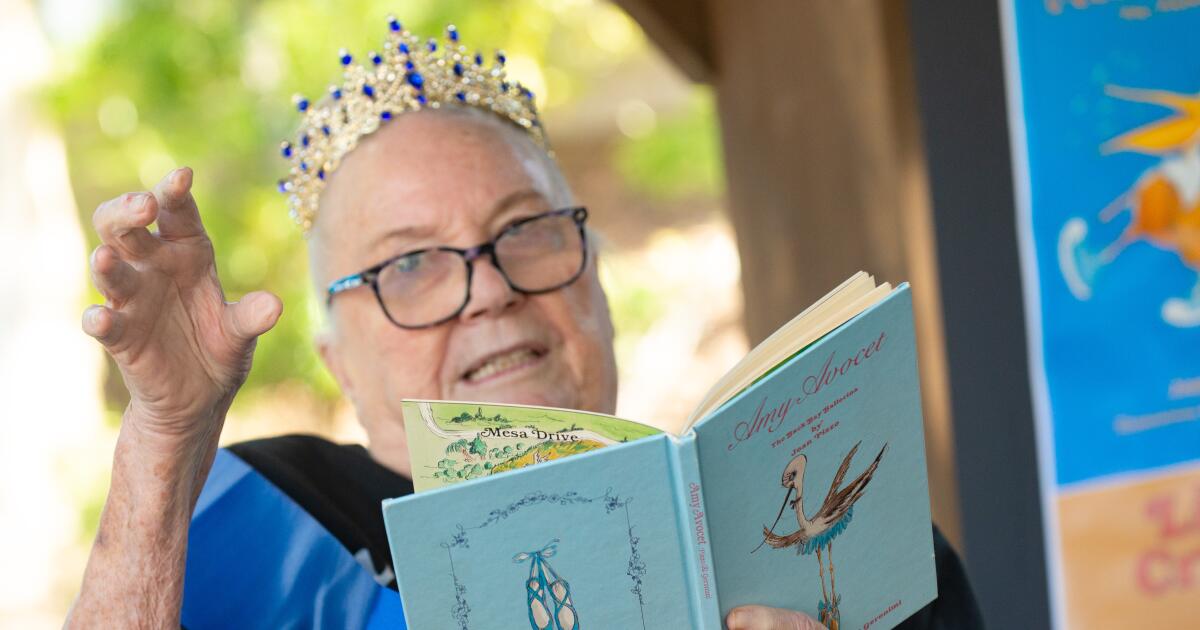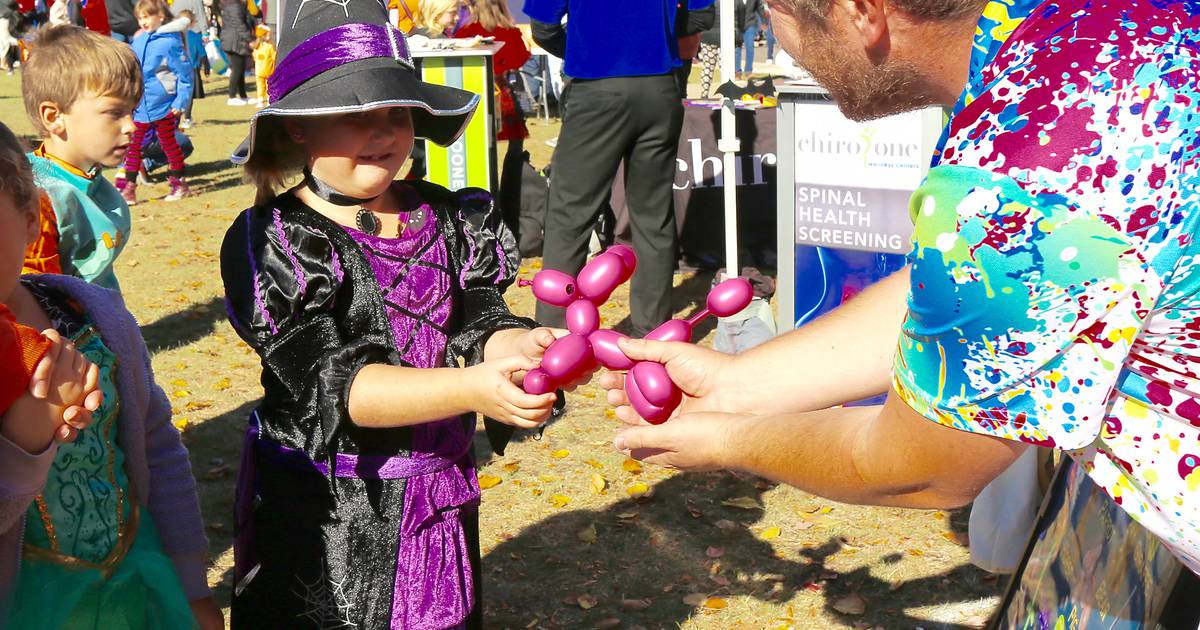Copyright Los Angeles Times

Joan Pizzo took a pair of binoculars with her whenever she and her four children went for walks on the cliffs of Upper Newport Bay so they could admire the birds living in the estuary. But sometimes they got a little too close for comfort. “We’d get attacked a little bit because we were getting a little too close to their nests,” Pizzo recalled. “And the kids would say, ‘Why are they up here and not down at the water? We’re here to look at the Back Bay.’ And I’d say, ‘Well, they like the Back Bay, too.” Pizzo knew the Back Bay belonged at least as much to the delicate balance of wildlife that thrived in the area as it did to the humans who had taken up residence nearby or developers who sought to transform it during the 1960s into a commercial marina with private docks and waterfront homes. It was an environmental treasure that deserved to be protected. There used to only be a one-way, single-lane road running along the banks of the bay. A plan approved by the Newport Beach City Council in the early ’70s would have expanded the 55 Freeway through the region, potentially destroying the estuary. Pizzo, encouraged by friend and environmentalist Jean Watt, joined the efforts of a grassroots group called the Freeway Fighters who succeeded in thwarting the expansion. That experience inspired the former teacher to write “Little Crumb: Tales of the Back Bay.” It was the first of four children’s books meant to impart her love of Newport Beach and the importance of preserving the environment to future generations. “Little Crumb,” along with “Amy Avocet, the Back Bay Ballerina,” “Pelican Bill: The Fisherman,” and “The Tale of the Bay Ducklings,” transformed the wildlife of the estuary into beloved characters. Pizzo toured up and down California’s coast to read her books at elementary schools, planting seeds of compassion for the natural world in many who would grow up to become environmentalists themselves. “She found passion in those birds that live there and then wrote those childrens’ books that were read by thousands,” said Heather Ciselak, operations director for the Newport Bay Conservancy. “...When we give more characteristics and we tell stories that are relatable about the plants and animals in the Back Bay, that gives them depth. That teaches people about the environment and hopefully they make better choices that inspire them to take care of the Back Bay.” Ciselak was among a circle of friends, relatives and community members who celebrated Pizzo’s work and listened to her read “Amy Avocet” on a recent Thursday at the Heavenly Home, a hospice care facility run by the Southern California Hospice Foundation in Mission Viejo. The author was dressed like royalty for the occasion with a tiara and a blue sash proclaiming her the “Back Bay Book Queen.” Pizzo, now 88, is living with congestive heart failure and requires assistance to bathe, prepare meals and perform many other day-to-day tasks. Yet her eyes shined with warmth and understanding as she read her book and chatted with visitors, occasionally flirting with the idea of penning a new story. The gathering was one of many held at the facility each week to bring people of different generations together and learn from one another, the Foundation’s executive director, Michelle Wulfestieg said. Those interactions keep the hospice home’s residents engaged with their neighbors, and can help change visitors’ attitudes toward death and the end of their own lives. “They still have a lot of life left in them and they have a lot to give,” Wullfestieg said of the facility’s residents. “We try to let people know in the community that hospice is not scary. This isn’t a place to fear. It’s a place where love happens and hope grows. It’s a place where people can be celebrated.” Pizzo’s books went out of print long ago, and copies can be difficult to track down on the second-hand market. The conservancy hopes to remedy that, and is exploring avenues to republish her work, Ciselak said. She added that getting permission from the author would be simple enough, but obtaining rights to the illustrations may prove more challenging. The whimsical avian characters depicted in Pizzo’s books were designed by the late Clyde Geronimi, a former animation director for Walt Disney who died in Newport Beach in 1989. Geronimi had a hand in creating “Dumbo,” “Bambi,” “Cinderella,” “Lady and the Tramp,” and numerous other iconic cartoons. He was a neighbor of Pizzo’s who approached her after learning she was working on a children’s book. “He came back one day and he knocked at my door and he had all those manuscripts, hand-written, that I had given him to read,” Pizzo recalled. “And he had all these little pictures of what he was thinking when he was reading the stories. He also had a fresh flower in his lapel. It was so cute, so Walt Disney!”



